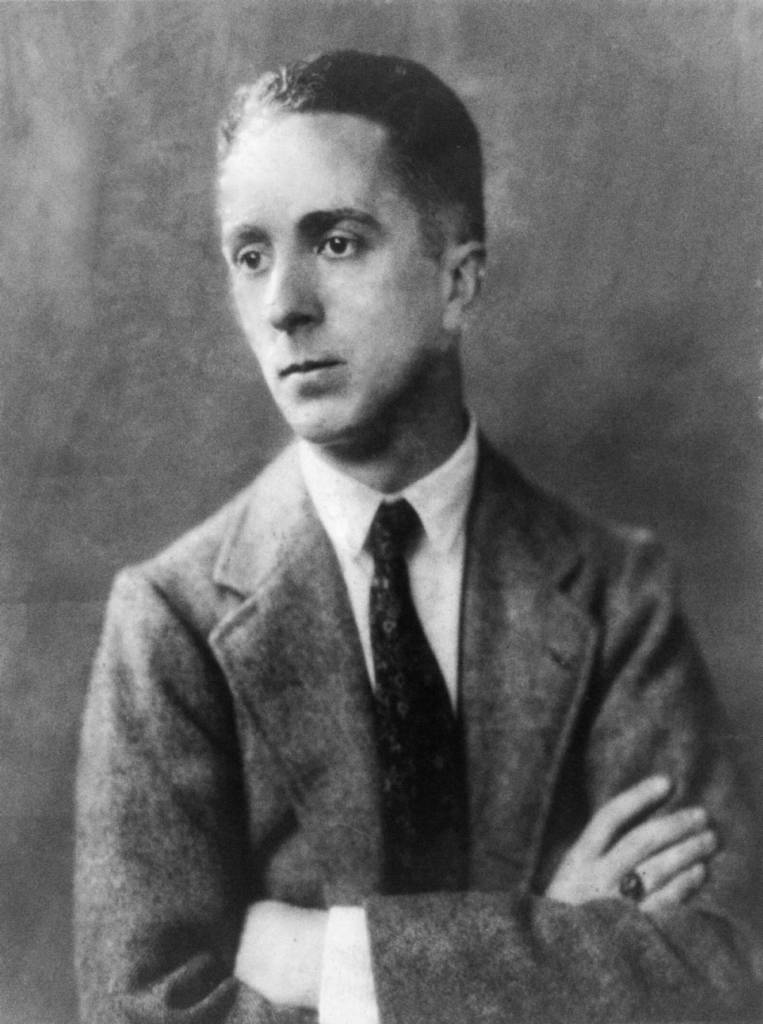Today is the birthday of beloved artist and illustrator, Norman Rockwell.
Raised in the “golden age” of illustration, Rockwell grew up admiring the work of Howard Pyle, J.S. Leydendecker, Edwin Austin Abbey, and Frederic Remington. Schooled at the National Academy and the Art Students’ League in New York, Rockwell received classical training in draftsmanship, human anatomy, and technique. He learned his craft through the study of the great painters who had come before him. He was a particular fan of the Dutch Masters, especially Rembrandt and Vermeer, and proudly mentioned in his autobiography that he used the same Mars violet underpainting as Titian and Rubens, to achieve a similar warm glow in his subjects’ skin tones. He took compositional cues from the masters as well, echoing Rennaissance iconography, the heroic postures of Michelangelo, the Dutch technique called doorsien, in which the artist offers a view through an open doorway into a secondary scene, creating a heightened sense of depth and providing an opportunity for additional layers of meaning.
Rockwell was also able to mimic artistic styles at will. In The Art Critic, he created an engaging tongue-in-cheek nod to a portrait by Peter Paul Rubens’s in the painting the young art critic so closely inspects; while nearby, a group portrait of seemingly affronted cavaliers echoes Rembrandt. Rockwell’s Triple Self-Portrait features, pinned unobtrusively to the corner of his canvas, four quite convincing miniature reproductions of well-known self-portraits by Van Gogh, Picasso, Rembrandt, and Dürer—a subtle bit of artistic tour de force that shows off his skill. He even created a capable version of a classic Jackson Pollock drip painting for his 1962 work The Connoisseur.

Triple Self-Portrait 1960
Norman Rockwell (1894 – 1978)
Oil on canvas
Painting for The Saturday Evening Post cover, February 13, 1960
Norman Rockwell Art Collection Trust
Norman Rockwell Museum
While his technical skill was renowned, storytelling was Rockwell’s true forte. In a single image, he could create a straightforward narrative that offered multiple layers of potential readings or meanings. Humor and pathos stood side-by side, and yet no character was ever singled out for ridicule. His American types were sympathetic, intensely human, and able to touch deep chords within Americans’ understanding of ourselves and our character. He was also keenly aware that his illustrations documented specific moments in time, and he considered this an important part of his job as an illustrator. In his autobiography, Rockwell wrote that he and his fellow students at the Art Students’ League took their work as illustrators very seriously. “We thought of an illustrator then as a recorder of history and the contemporary scene,” he wrote. “To us it was an ennobling profession.”
It may have been in part this sense of illustration as “ennobling” that kept Rockwell’s focus on the positive, throughout his career. Despite personal challenges—including abandonment by his first wife, the depression and eventual death of his second wife, and his own battles with depression and self-doubt—his images remained, for the most part, warmly positive depictions of life in America. As a professional illustrator, Rockwell may have been obliged to create charming images that readers of the Post wanted to see, but Rockwell himself chose to focus his imagery on all that made America good. “Maybe as I grew up and found that the world wasn’t the perfectly pleasant place I had thought it to be I unconsciously decided that, even if it wasn’t an ideal world, it should be and so painted only the ideal aspects of it,” he wrote.

Norman Rockwell (1894-1978)
Rosie the Riveter
1943
Oil on canvas
Crystal Bridges Museum of American Art, Bentonville, AR
Although they now document an America more than half a century past, Rockwell’s interpretations of the nation’s “best self” continue to connect with audiences on a vital level. Layers of storytelling give viewers a reason to linger over the images, discovering humor in many of the details, recognizing familiar situations, characters, or relationships. Though he has often been criticized for having presented an idealized version of American life, it is an idealism that the American public embraced. Rockwell’s work embodied the Golden Rule: he treated us like he would want to be treated: with sympathy, humor, and grace.
This post is excerpted from an article previously published in C magazine, Crystal Bridges’ membership publication. For information about becoming a Member, click here.




